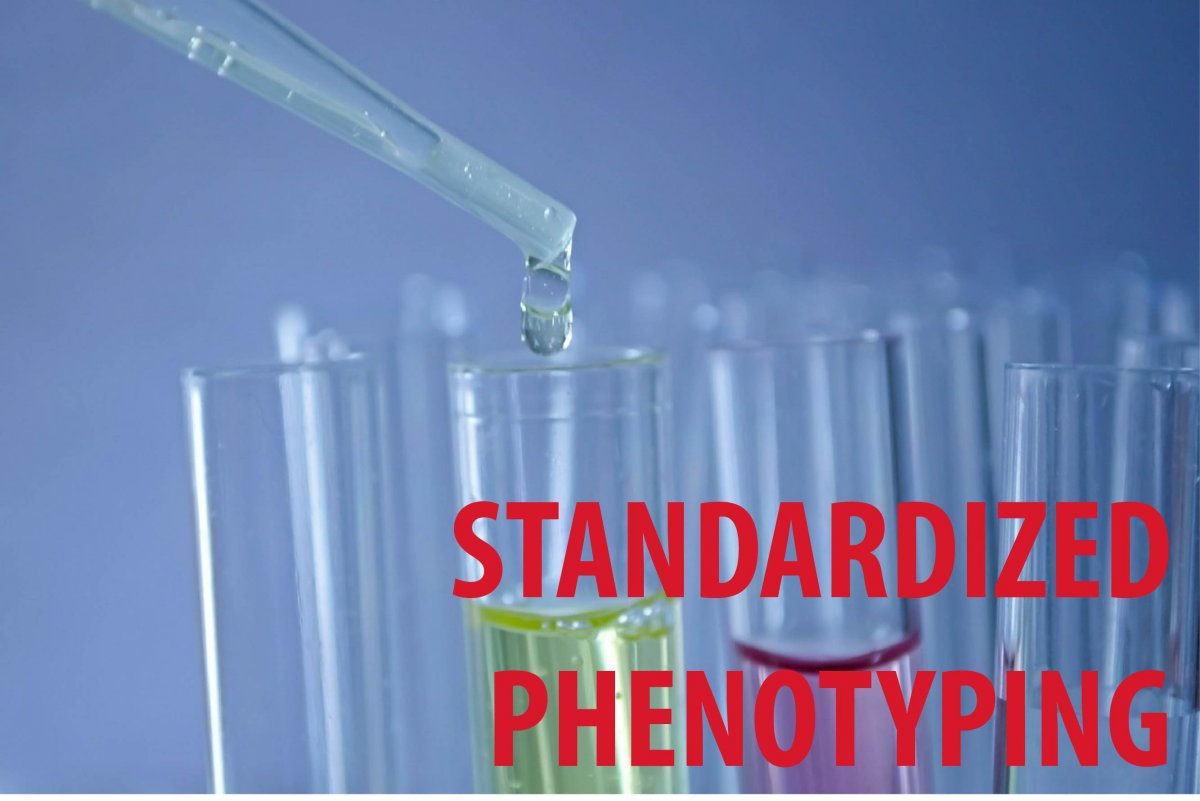
ISSUE: Until the RosBREED project, genomics research had not been translated into routine practical application in breeding Rosaceae fruit crops (almond, apple, caneberries, cherry, peach, pear, strawberry, and others). There was a disconnect between crop genomicists and plant breeders. Genomicists had been generating information they believed would be valuable to plant breeders without asking them what they needed. Plant breeders were largely ignoring the efforts of genomicists, who they felt were unconcerned about ‘real world’ breeding problems.
WHAT HAS BEEN DONE: RosBREED provided a vehicle to facilitate discussion between genomicists and plant breeders working on apple, peach, strawberry, sweet cherry, and tart cherry crops. Genomicists, geneticists, and plant breeders met two to three times a year as crop-focused teams to facilitate communication and technology transfer. Geneticists used scientific advances made by genomicists to develop tests to identify individuals carrying valuable genetic factors contributing to desirable attributes prioritized by breeders of each crop. A stepwise process equipped breeders and their students to implement new genetic tests and statistical tools in their programs. Genomics advances were thereby leveraged to improve breeding efficiency, accuracy, and creativity by the technique of marker-assisted breeding (MAB).
IMPACT: Programs in targeted crops now use genomic information to enhance breeding efforts. None of them were using these tools before RosBREED. Participating programs now routinely use genetic testing to verify parentage. For example, the tart cherry breeding program at Michigan State University (MSU) discarded 30% of its seedlings in one breeding population because DNA markers indicated they derived from unintended parentage. Similarly, the MSU and USDA-Corvallis strawberry breeding programs discarded 42 individuals from 13 populations when DNA test results showed them to be of unintended parentage. Genetic tests were used to correct the pedigrees for 200 selections in the peach breeding program at UC-Davis.
Parents are now selected using genetic tests in all RosBREED breeding programs:
- Programs at Cornell University, University of Minnesota (UM), UC-Davis, and Washington State University (WSU) use genetic tests for fruit texture and storability.
- Peach breeding programs at Clemson University, University of Arkansas, Rutgers, and Texas A&M use genetic tests for flesh type, bacterial leaf spot resistance, acidity, blush, and soluble solids concentration.
- The sweet cherry breeding program at WSU uses genetic tests for self-fruitfulness, ripening season, and fruit firmness and size.
- The tart cherry breeding program at MSU uses genetic tests for fruit color and cherry leaf spot resistance.
- The strawberry breeding programs at MSU and USDA-Corvallis use genetic tests for red stele root rot resistance and the everbearing fruiting characteristic.
Three RosBREED programs now use genetic tests to cull seedlings and the rest are poised to follow. Nearly 15,000 seedlings in the apple breeding programs at WSU and UM were discarded prior to planting over the last three years, based on the prediction they would have inferior fruit quality traits or disease susceptibility. Nearly 4000 sweet cherry seedlings at WSU were discarded prior to planting, based on the prediction their flowers would be self-sterile and the fruit small and soft. These applications of MAB saved resources totaling $250,000 that would have otherwise been spent on seedlings likely to have inferior characteristics.

ISSUE: Learning how crop traits are related to specific DNA markers requires a measuring many individual plants for many valuable characteristics – known as “phenotyping”. These traits must be evaluated and recorded in a consistent, standardized manner regardless of the location, personnel, or time. With this high quality phenotypic data, links between specific DNA sequences and important fruit and plant traits can be accurately determined because confounding “noise” is greatly reduced. Furthermore, when several breeders use standardized phenotyping protocols they can pool the data. The resulting large data sets give incredible power to identifying and characterizing genomic regions influencing important traits. Prior to RosBREED, phenotypic data was collected in small, isolated studies, limiting the size of data sets and limiting the extent to which results could be extended.
WHAT HAS BEEN DONE: Each RosBREED crop team (apple, peach, strawberry, sweet cherry, and tart cherry) chose a reference set of several hundred individual plants (including ancestral and modern varieties, breeding selections, and seedlings) that represent the pedigrees of current important parents in U.S. breeding programs. Participating breeders agreed on the traits to be evaluated and then developed and documented standardized protocols to collect measurements of these plant and fruit characteristics. They compiled extensive databases for fruit quality and other critical traits, with measurements were made over multiple years and locations.
IMPACT: A database of trait measurements on approximately 500 hundred individuals in each apple, peach, strawberry, sweet cherry, and tart cherry is now documented and publicly accessible. Breeders and allied scientists now use the database to discover specific genomic regions that are associated with important crop traits. The resulting genetic tests enable efficient marker-assisted breeding for more than 150 critical fruit quality and production traits in rosaceous fruit crops.
- Apple: 43 fruit traits evaluated at harvest and after cold storage of fruit, and five production traits
- Peach: 29 fruit traits and seven production traits
- Strawberry: 30 fruit traits, six disease resistance traits, and 13 plant architecture and production traits
- Sweet Cherry: 19 fruit traits
- Tart Cherry: 23 fruit traits, 12 production traits, and nine disease resistance traits.
The standardized phenotyping protocols are available at www.rosbreed.org. By using these protocols in future work to measure more individual plants, the public database can be expanded, and private datasets can be developed that are compatible and lead to even more powerful analyses and thereby more accurate genetic tests.
